
How Stephen Gould Scaled Its Capacity by 30% without Making a Single Hire
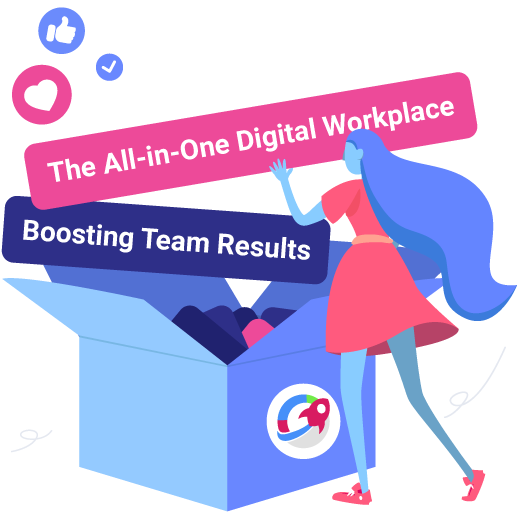
In this article, we’re comparing KPIs vs OKRs, so you can understand which performance framework will best work for your business.
Executive Summary:
In this article, we’re comparing KPIs vs OKRs, so you can understand which performance framework will best work for your business.
For any business, it’s important to understand and keep track of your progress; to understand what works and what doesn’t. But with so many performance metrics to track, it’s often challenging to choose which are the ones that you should focus on. Which ones suit your business better and could actually drive changes to make an impact?
That’s why setting your KPIs and OKRs is important in any business, no matter the industry and no matter the size.
KPIs and OKRs are two of the most commonly used business performance frameworks that help businesses keep track of their progress and grow. In this article, we’re comparing KPIs vs OKRs, so you can understand which performance framework will best work for your business.
Without further ado, let’s get started.
KPI stands for key performance indicator and is a measurable value that is used to evaluate how successfully a company is achieving its key business objectives. KPIs provide targets for teams to aim for, milestones to gauge progress, and insights that help everyone across the organization to make better and smarter business decisions.
You can have high-level KPIs that look at the performance of your overall business, or KPIs that drill-down into the performance of an individual team member or department level. From sales and marketing to HR and finance, KPIs help all areas of the business move forward strategically.
OKR stands for objectives and key results and is a goal-setting and leadership framework used to set challenging, ambitious goals with measurable results. The goal is to bridge the gap between strategy and execution and move from an output to an outcome-based approach to work. The framework includes a number of rules which assist team members in prioritizing, aligning, and measuring the outcomes of their efforts.
The objective part of the OKR framework tells you where to go, what the desired final result is, while the key results are the metric-driven goals you need to get to your objectives. No OKR framework is complete without initiatives, too. Initiative are the projects and tasks that will help you achieve your key results and contribute to your objective success.
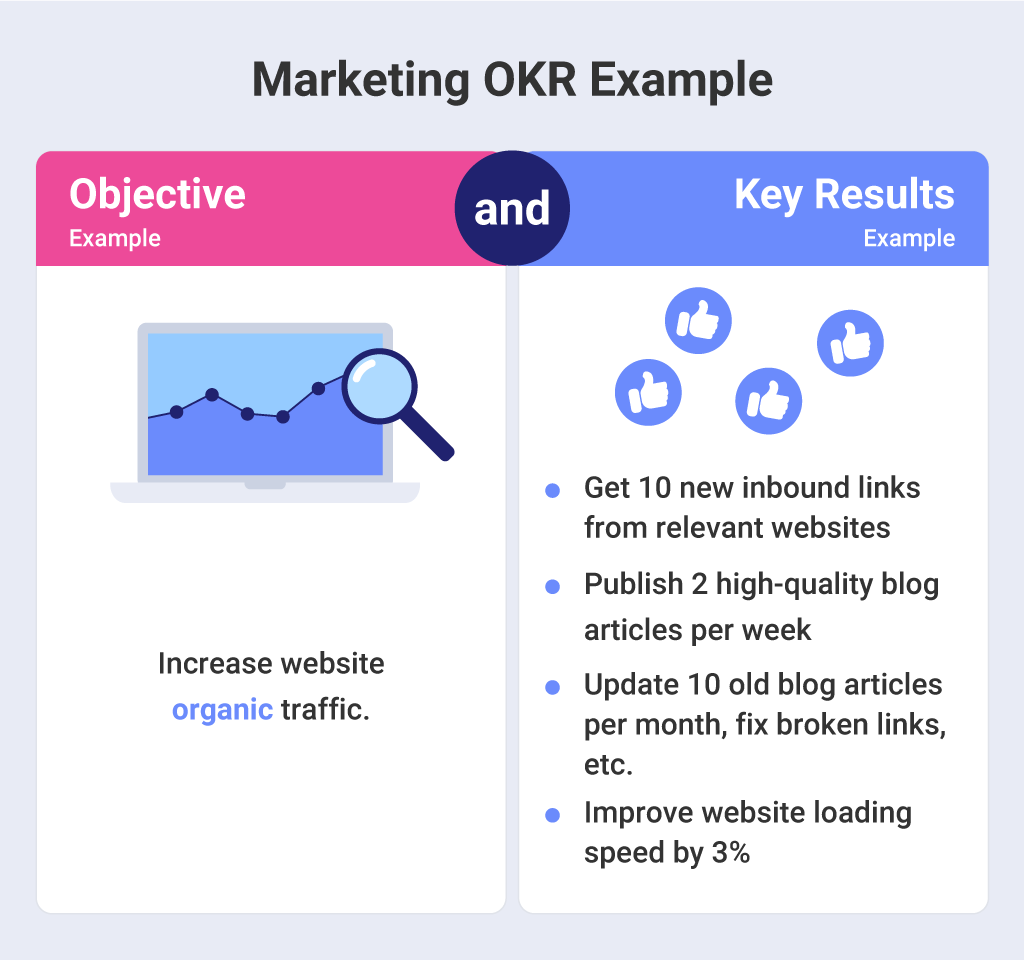
At this point you’re probably wondering, ‘’what’s the difference between KPIs and OKRs’’ and you won’t be the only one. Comparing KPIs and OKRs is a hot topic in the performance management space, but it really is an apples and oranges discussion.
One of the key differences between KPIs and OKRs is that KPIs are used to measure success and focus on the outcome, whereas OKRs are used to set the goals and are concerned with the entire process. KPIs aim to improve a certain project within a department, while OKRs speak to the larger vision of what the company is trying to achieve.
However, KPIs and OKRs are not much different. In fact, KPIs make great KRs as they are basically your key KR you are tracking towards a goal.
To explain it more understandably, OKRs help you define your business goals and identify how you will achieve them, KPIs help you measure performance against these goals.
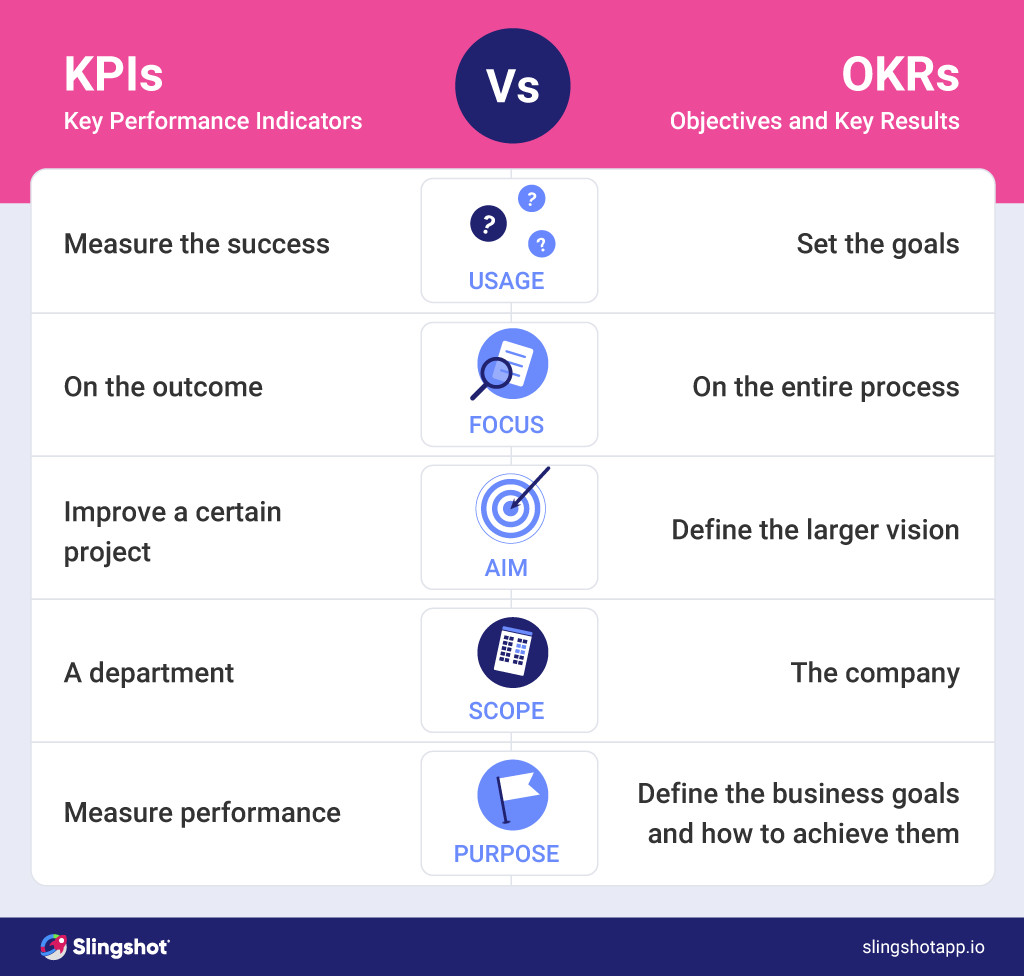
There are thousands and thousands of KPIs examples across all industries. That is why it is important to break down your KPIs by department such as marketing KPIs, sales KPIs, HR KPIs, etc. In some cases, it might even be worth it to break those further down. For example, you could break your marketing KPIs into email marketing KPIs, content marketing KPIs, social media marketing KPIs, etc. That way it would be easier for important performance indicators to be measured and taken into account by dedicated team members.
Here are a couple of KPI examples for different industries and departments:
Sales department – cost per lead, customer retention, sales revenue, average cost per lead, sales qualified leads
HR department – cost per hire, training costs, average stay time, overtime hours, talent rating
CEO KPIs – net profit, expenses, revenue per employee, profit per customer, project completion rate
Manufacturing industry – demand forecasting, return on assets, cycle time, machine downtime rate, customer returns
Telecommunication industry – average revenue per user, churn rate, prepaid, postpaid, gross addition
Healthcare industry – patient wait time, average hospital stay, insurance claim processing time, claims denial rate, AR turnover
Project management – planned hours vs time spent, on-time completion percentage, cost performance index, percentage of task completed, average cost per hour
In an OKR implementation, objectives are typically of qualitative nature. That means that objectives are memorable qualitative descriptions of just what you want to achieve. Objectives should be short, inspirational, and engaging. Key results, on the other hand, are specific, measurable, time-bound, and typically of a quantitative nature. When setting your objective’s key results, you should follow the S.M.A.R.T. goal-setting method.
Here are a couple of good OKR examples:
Objective: Expand into the European market
Key results:
Objective: Increase website organic traffic
Key results:
Objective: Grow our sales
Key results:
Objective: Improve team collaboration and communication – a top project management goal
Key results:
OKRs and KPIs work best together. KPIs are what help drive your OKRs. For example, if a KPI result shows that sales are dropping, the organization can implement an OKR goal based on the key results of an existing KPI. This combination can help the business stay on focus, improve and ultimately succeed.
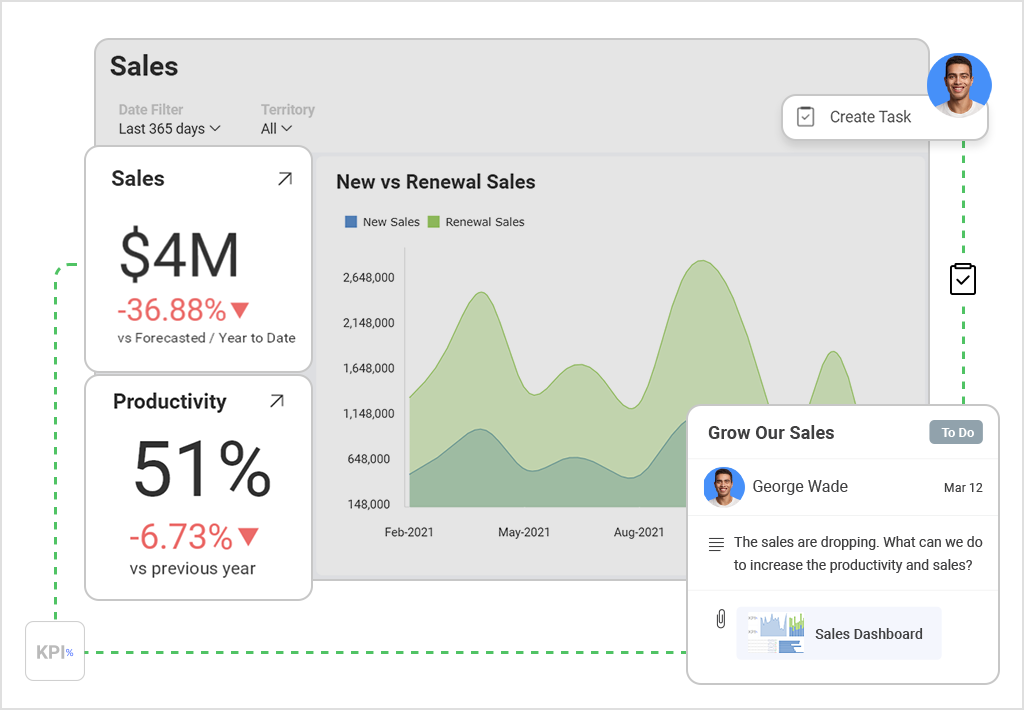
So, when thinking of which one should you choose for your business, we recommend that you apply both performance tracking techniques simultaneously.
If you don’t take the time to set business objectives, or you do that, but don’t take the time to review them, you miss on a massive opportunity to learn and improve. And don’t forget that failure is success in progress, so don’t be afraid of it, it is the best teacher.
Make measuring your business performance a top priority. Slingshot is a productivity tool designed to help teams and organizations produce extraordinary results by improving workflow efficiency with a rich and robust set of integrated features, aligning teams around opportunities to encourage them to reach their full potential and enable smart, data-driven decision making with advanced analytics.
At its core, Slingshot is centered around data-driven decision-making and organizational culture. It has been designed to help teams stay on top of current data for campaigns, through dashboards, KPI and OKR tracking, and KPI indicator spreadsheets that are converted into data analytics which are then easily shared. It also offers a set of statistical functions that allow you to receive more insights from your visualizations.
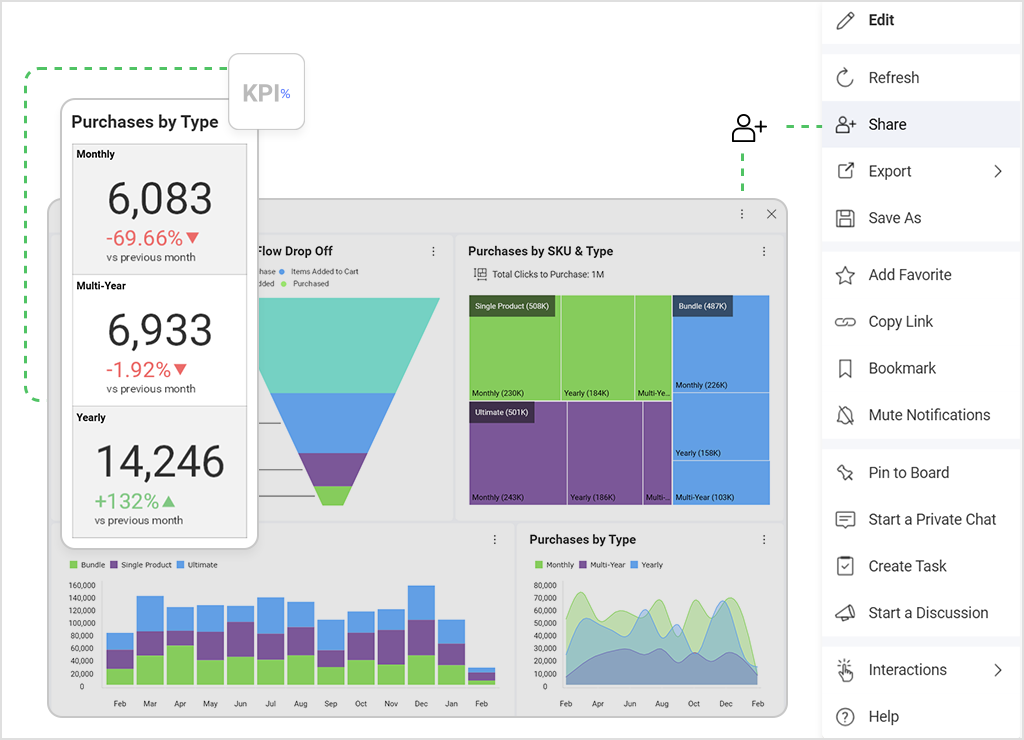
Slingshot gives managers and team members visibility into the entire work process, connecting everyday tasks to the project’s most important objectives. It also seamlessly integrates with leading analysis tools so you can track and grow your KPIs with each campaign – something especially useful in marketing and account-based marketing.
Interested in learning more? Try Slingshot for free and see for yourself how it can help you leverage actionable insights all while making it easier for your team to utilize data, cultivate a data-driven culture and improve productivity.
SHARE THIS POST